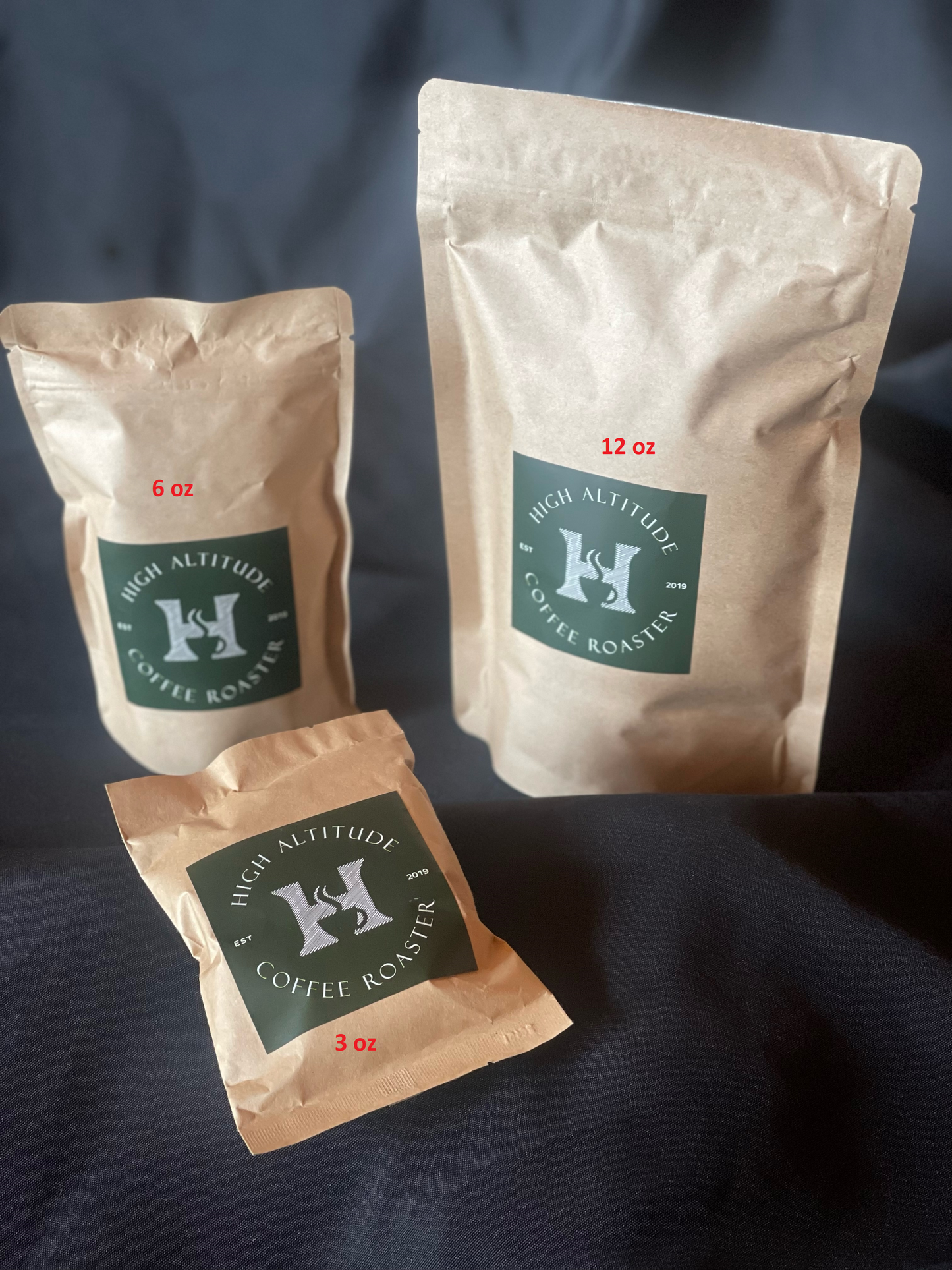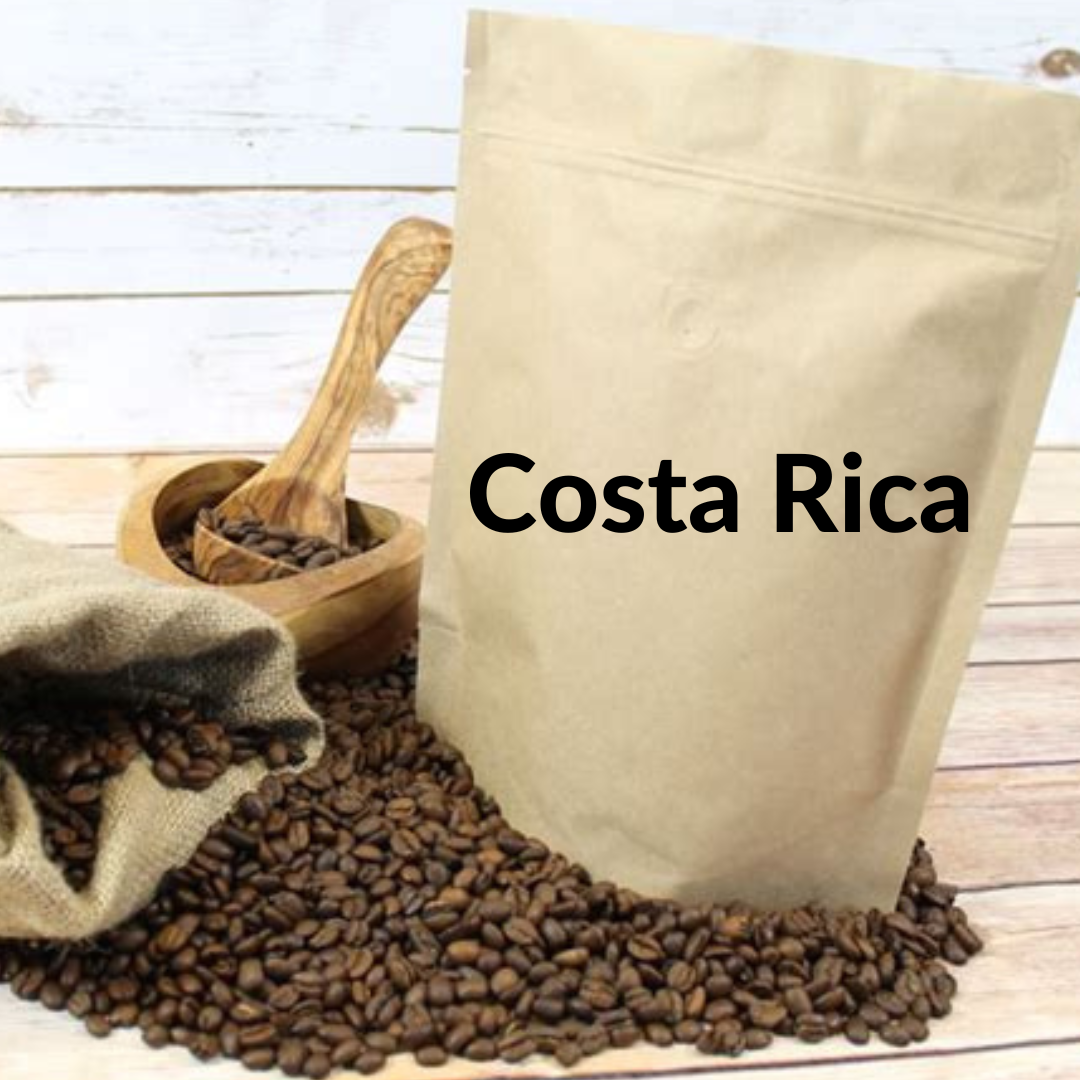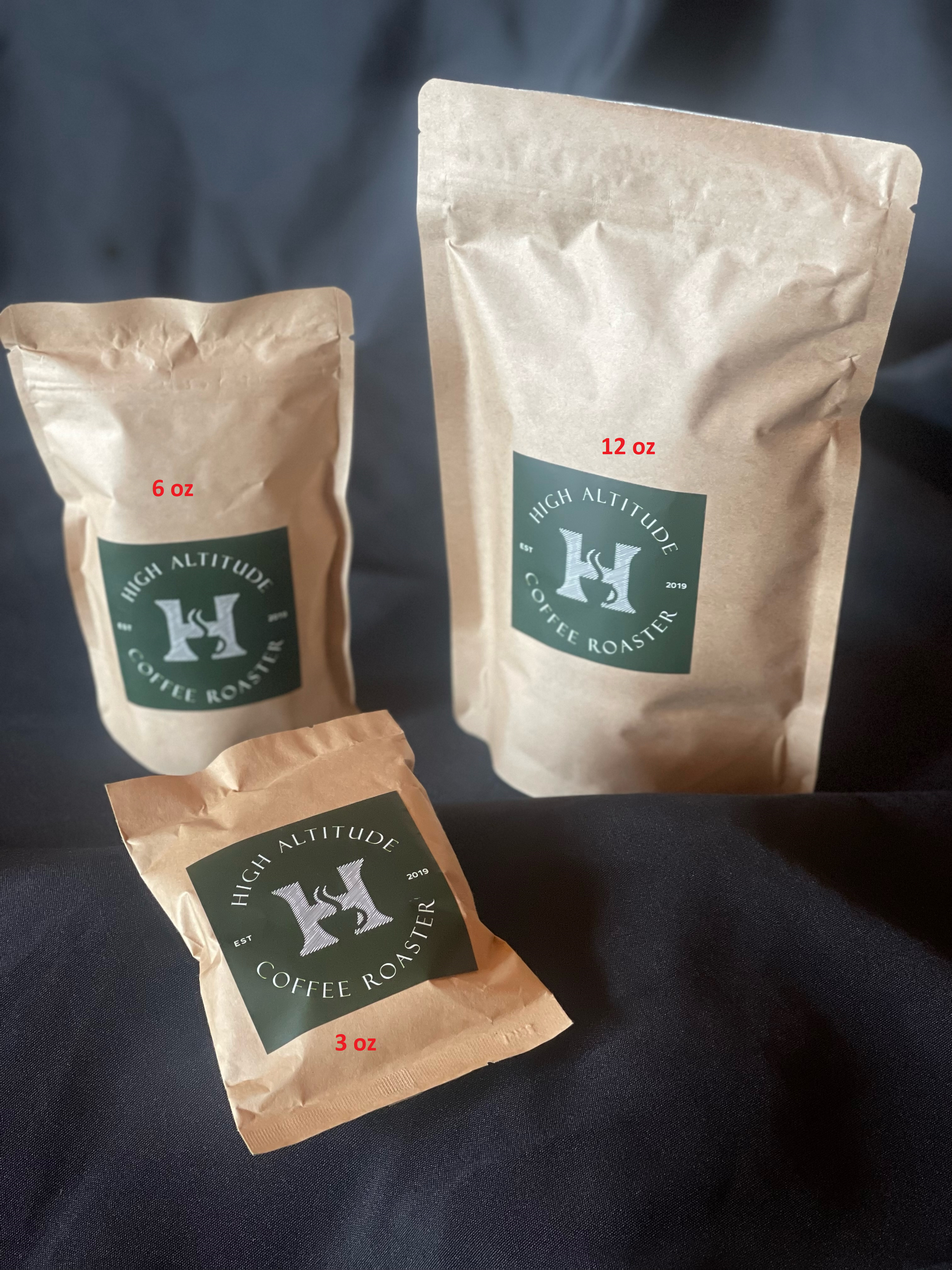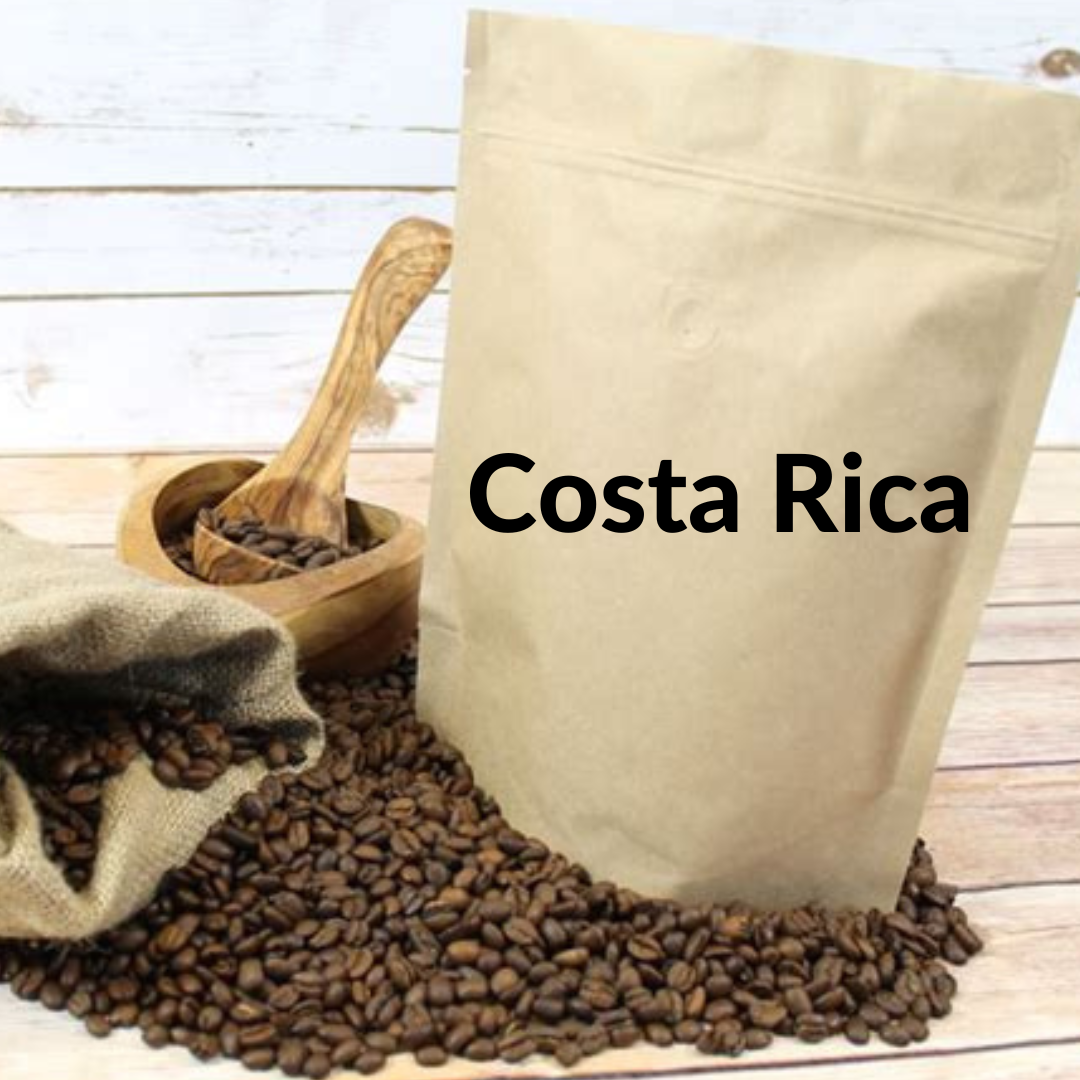HighAltitudeCoffeeRoaster
Costa Rica
Costa Rica
Couldn't load pickup availability
- Growing Altitude: 1200 - 1800 meters above sea level
- Region: Tarrazu
- Arabica Variety: Typica, Caturra, Catuai, Villa Sarchi, Bourbon, Gesha, Villalobos
- Harvest Period: December - February
- Milling Process: Washed, Drum Dried
- Aroma: Intense, Fragrant, Brown Sugar
- Flavor: Citrus, Tropical Fruit, Apricot
- Body: Round
- Acidity: Lively, Bright

Costa Rica has the perfect climate for growing delicious coffee. More than 80% of Costa Rican farms are located at high altitudes, on volcanic soil, and in an area with year-round warm weather that is ideal for harvesting those beautiful beans!
There are three main methods of processing coffee beans: washed, natural, or honey.
Washed
The watery method of coffee production is the most popular in use around the world. Coffee cherries are put into a wet mill, and machines then forcefully remove their fruit to produce clean tasting coffee with mild flavor notes like honey or chocolate that retain some sweetness from its origins as berries.
Naturally-processed
It is good to use this method because it doesn’t cost as much and coffee will have a syrupy body with charterers of berries, citrus, and grape.
Honey processing
The process of honey processed coffee is very unique. In this method, only a small part of the fruit/bean is removed and left to dry on top, preserving sweetness in contrast with other processes that remove all parts from the bean such as drying or sun-drying methods. The inner layer will still have some mucilage on it so don’t be surprised if you find sweet notes like honey!
Costa Rica's different regions produce coffee beans with their own distinct flavors. Some main ones are:
- Guanacaste
- West Valley
- Turrialba
- Orosi
- Tarrazu
- Brunca
- Tres Rio
- Central Valley
Share


-
Spend $65 and get Free Shipping
All orders are shipped within two days the coffee order is roasted.
When ordering/requesting a single origin coffee that is in limited supply we will only roast it once a week.
Our
shippers require phone numbers for both the billing and shipping
addresses. This information is private and you will not be solicited.
More information is available by viewing our Privacy PolicyFlat-Rate
shipping is $5 (FREE on orders over $65), anywhere in the continental
lower 48 United States. This price is our cost as billed by the shipping
service provider, there are no additional handling fees included. -

Elevate your coffee experience one sip at a time.



